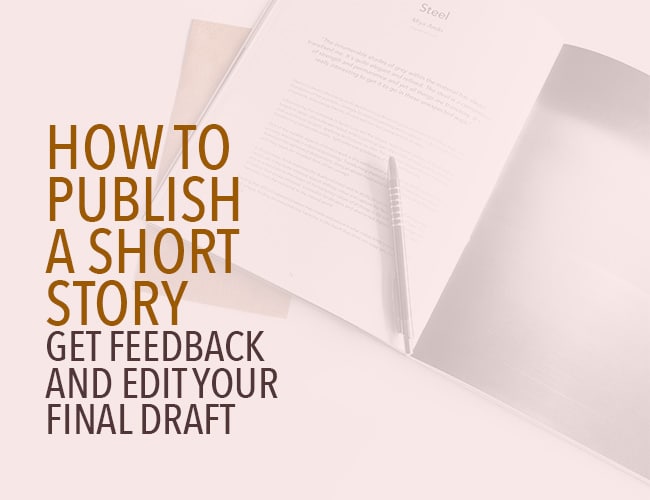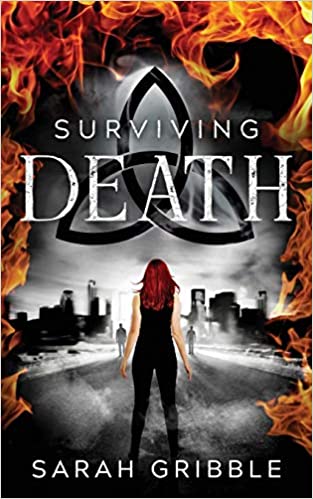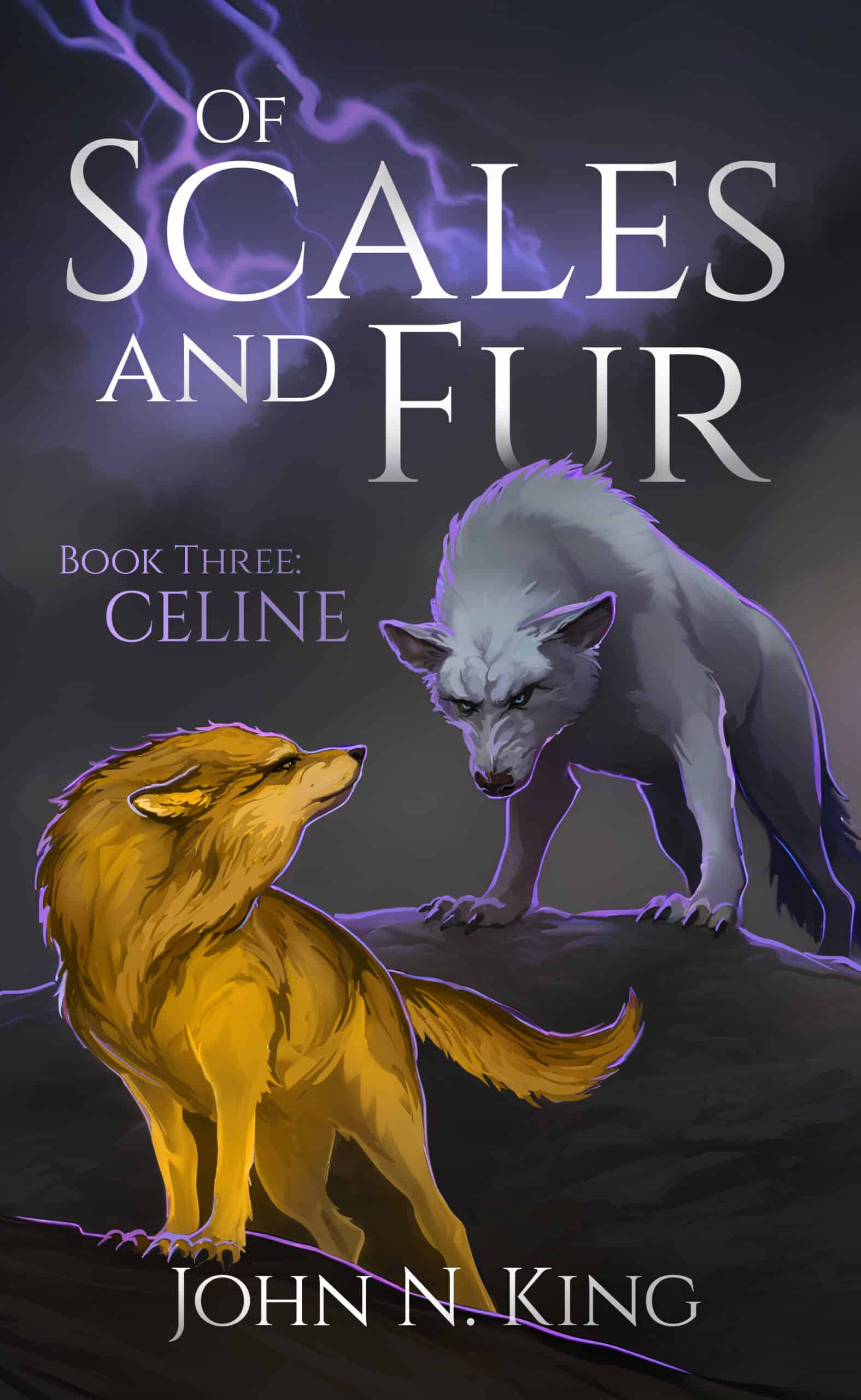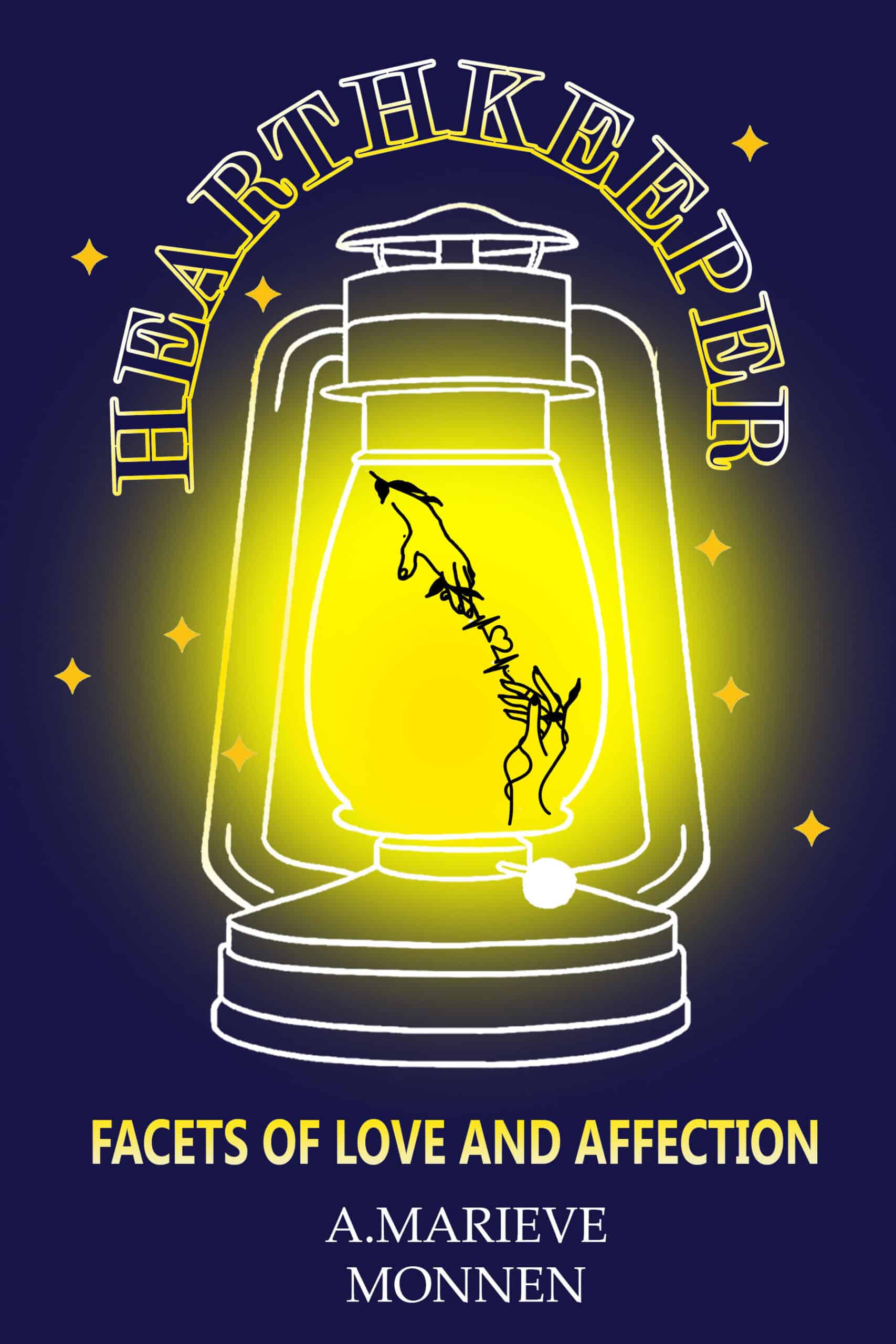A month ago, I urged you to come on a publication journey with me, one where I walk you through the process of planning, writing, and submitting a short story. This is the third post in the four-part series on how to publish a short story. By the end, you’ll have a story ready to send out to publications!

If you've been following along week by week, by now, you have a complete first draft. Just getting started? Look back at part one and part two to find your publication and draft your story. Then, rejoin me here.
This week, we’re going to concentrate on getting feedback and completing your last edit.
NOTE: Throughout this series, DO NOT post your work in the comments. I’m going to ask you to submit to a publisher at the end of this series, and posting it here would be considered publishing it. Our Becoming Writer community is a great place to workshop your story before you submit it.
Almost Done
By now, you should have a second draft. We’re in the homestretch now! Wipe your brow, pat yourself on the back, have a little dance party. Celebrate. A lot of writers don’t make it this far.
Ready to dive back in? Here's what to do next:
6. Get Feedback
Stephen King has what he calls a “closed door” policy up to this point, meaning he writes his first couple drafts just for himself. Then he opens that door and lets others in to read it.
It’s time for you to open that door!
I know you’re all cringing right now. You mean I actually have to show this to someone? Yes. You do.
Feedback is the most important part of writing. Seriously. There is no substitute for getting someone else’s eyes on your work. You can go over it a hundred times and you’ll still miss things. Trust me. I see it all the time with pieces I post in our Becoming Writer community.
Whether it’s something simple like a missing word or misplaced comma, or something glaring like a character snafu or a world-building misunderstanding, your beta readers will catch it. But they can’t catch it if you don’t show it to them!
I recommend finding people other than family and friends to read your work. People who know you are less likely to give you any real criticism. Mostly you’ll just hear, “Oh, I like it!” and that’s it.
This isn’t only because they’re afraid of upsetting you, but they’re also probably not trained as an active reader. They might like or dislike your story, but can’t find the words to tell you why they feel that way.
If you can’t find a writing group, that’s fine, but make sure you try to push your beta readers to give you useful feedback. If you're not sure how to ask for useful feedback, try taking a look back at the short story musts and mistakes I listed in the first post to get ideas on what questions to ask your betas. Specificity helps here, so don't go with something simple like, “Did you like it?”
Pro tip: Don’t watch them while they read. I know it’s tempting (Are they going to laugh at that funny line? Are they going to tear up when that character dies?), but don’t. That’s too much pressure on them, and WAY too nerve-racking for you.
During this stage, just like I suggested between drafts one and two, you need to put your story away. You’ll be tempted to rewrite as your feedback comes in. A quick word change there, a sentence deleted here, and then you feel like you’ve got a whole new draft. Which makes you want to send all your friends your “new” draft.
Don’t.
There is nothing more annoying than having to start reading something from the beginning when you’re in the middle of critiquing. Sharing every little edit is a great way to lose beta readers. Let it lie.
Whether you have a writing community like Becoming Writer or you just have friends and family read your work, you MUST open that door.
7. Edit (Yes, AGAIN)
You’ve lived through the torment of waiting on betas. Congratulations! Now it’s time to take a look at all that feedback.
Your first instinct is going to be to get defensive and do a lot of groaning about how stupid your friends are and how they just “don’t get it.” Get that out of your system. Throw a toddler fit and jump up and down in frustration if you must. Then reread their feedback.
I’m going to tell you something you probably don’t want to hear: Your betas are most likely right.
Remember you’re writing for people to read it. That means your readers have to like it. If they don’t, you’ve got a problem.
Reread their feedback with an open mind and apply it as needed. This is often a frustrating and disappointing time for writers, but try not to let it get you down. (Again, your writing does not suck!) You’re learning, and feedback will only make you better in the future.
8. Final Draft: Line Edit
After you’ve implemented all the beta feedback, it really is down to the final stages. Your third (and final!) draft needs to be as clean as possible. An editor will let minor mistakes slide, but the story as a whole needs to be readable.
We’re not all grammar know-it-alls, and in truth, we don’t need to be. But you do need to work on the basics.
Now it’s time to get down to the nitpicky edits. You’re going to look for things like misplaced commas, split infinitives, icky dialogue tags (i.e. too many words that aren’t “said”), -ly words, -ing words, and passive writing. I like to print my stories out at this stage so I can make editing notes and highlight until it looks like a sick and bleeding rainbow. I think it makes this tedious process more fun.
Run the story through Grammarly and Hemingway. Don’t just change everything these programs tell you to, though. Think about what they want you to change and then decide if the suggestion is right for your story.
For example, Hemingway loves to point out sentences that are hard to read. Those sentences aren’t necessarily wrong, though. You have to decide if you want to simplify the wording or leave it as-is.
Read your story aloud. Read it backward. (My editor sister swears by this one.)
Reading aloud can help you pick out missed words, weird wording, and where commas (a.k.a. pauses) should go. Reading it word-by-word backward is something I admit I don’t do, but my sister says it helps her take the words out of context so her brain doesn’t get tricky and fill in things that aren’t there while she’s reading.
Try it backward if you want to, but definitely read it aloud forward.
Finis!
You’re finished writing! Now it’s time for another celebration! I prefer dancing maniacally (read: badly) to overloud 90s music, but you do you.
Your story is now ready for publication. Two weeks from this posting you’re going to send that baby out! (I expect most of you have been waiting with bated breath for that post on how to publish a short story.) I’ll take you through all the crazy formalities of the submission process next time, so spend the next two weeks getting that manuscript to shine!
Do you have a writing group? Will this be the first time sharing your work? Let me know in the comments.
PRACTICE
Today you're going to focus on getting feedback. Take five minutes to write down the names of people you're going to send your story to. Then take ten minutes to brainstorm questions you can send them. Again, be specific in your questions. You can revisit this post to get ideas on what to ask.
When you’re finished, come back here and let me know in the comments what your questions are. You may help others by listing yours or get a few ideas. (Remember: Don’t post your story in the comments! You can share it in our Becoming Writer community instead.) Feel free to tell me how you feel at this stage as well. Excited? Nervous? Confident?
Don’t forget to jump in the comments and offer some encouragement to your fellow writers!
Sarah Gribble is the author of dozens of short stories that explore uncomfortable situations, basic fears, and the general awe and fascination of the unknown. She just released Surviving Death, her first novel, and is currently working on her next book.
Follow her on Instagram or join her email list for free scares.



0 Comments